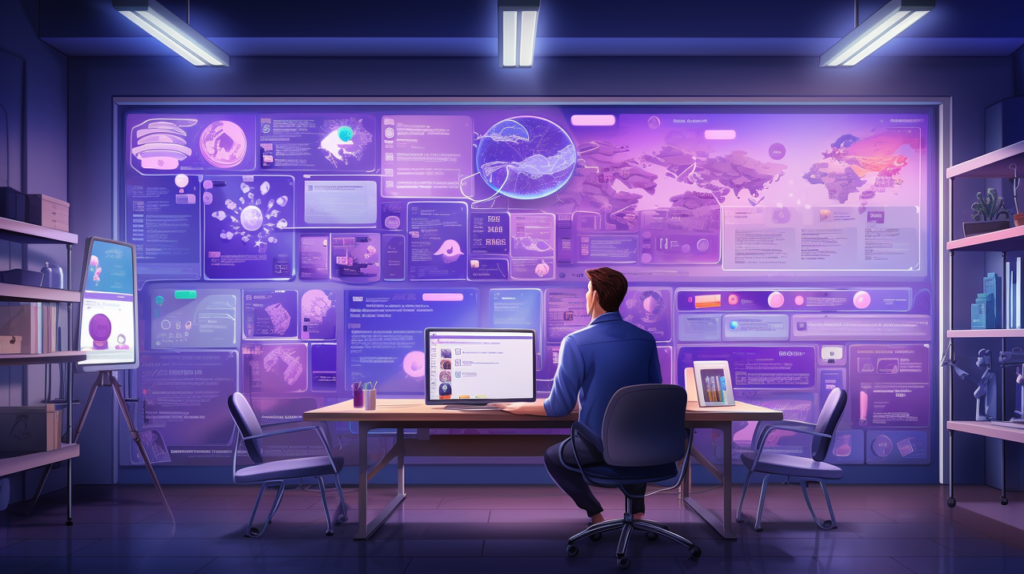In the rapidly evolving world of technology, artificial intelligence (AI) is making significant strides, influencing various fields, including web design. However, the fear that AI might replace web designers is unfounded. The reality is more nuanced and less alarming.
Insights from a Professional Designer
Lindsay Derby, a Senior Product Designer at HubSpot, sheds light on this topic. She acknowledges that AI will automate certain design tasks, particularly the more monotonous ones. This shift allows designers to focus on more strategic aspects like information architecture and user flow. The key takeaway here is that AI is seen as a tool to enhance, not replace, the human element in design.
The Unmatched Value of Emotional Intelligence
A crucial aspect where AI falls short compared to human designers is emotional intelligence. Designers possess the unique ability to empathize with users, making their designs more effective. While AI can replicate standard design rules, it struggles with understanding nuances and context, which are vital in creating designs that resonate with users.
Read More: AI in Hiring: Addressing Bias or Making It Worse?
The Designer’s Journey
The role of web designers is undoubtedly evolving in the era of AI. Discussions among designers reveal a mix of excitement, skepticism, and anxiety about the future. The consensus is clear: designers need to adapt to AI technologies to stay relevant, but their core skills remain irreplaceable.
Practical Examples: AI in Web Design
Experimentation with AI web design tools highlights their limitations. For instance, using Wix’s AI to design a website for an ice cream truck revealed that while AI can generate images, it often lacks realism and fails to capture the essence of the reference material. Similarly, another AI tool, Durable, created a website quickly but missed the mark in terms of aesthetic vision and personality.
The Verdict
AI web design tools will continue to evolve and may become better at handling nuances. However, they are not poised to replace web designers. The human touch, characterized by creativity, adaptability, and emotional intelligence, remains crucial in the design process. AI is another tool in the designer’s arsenal, enhancing their capabilities rather than supplanting them.



